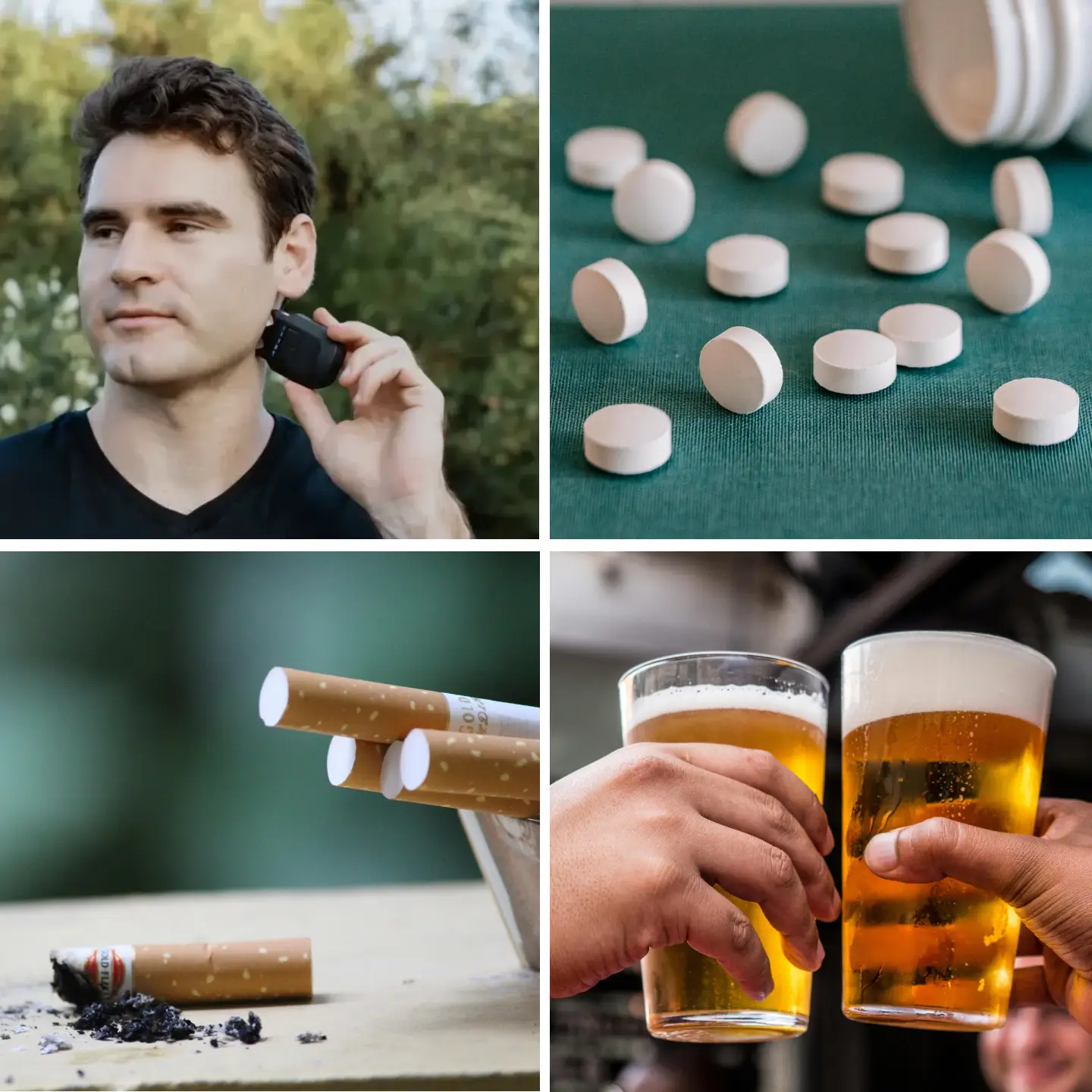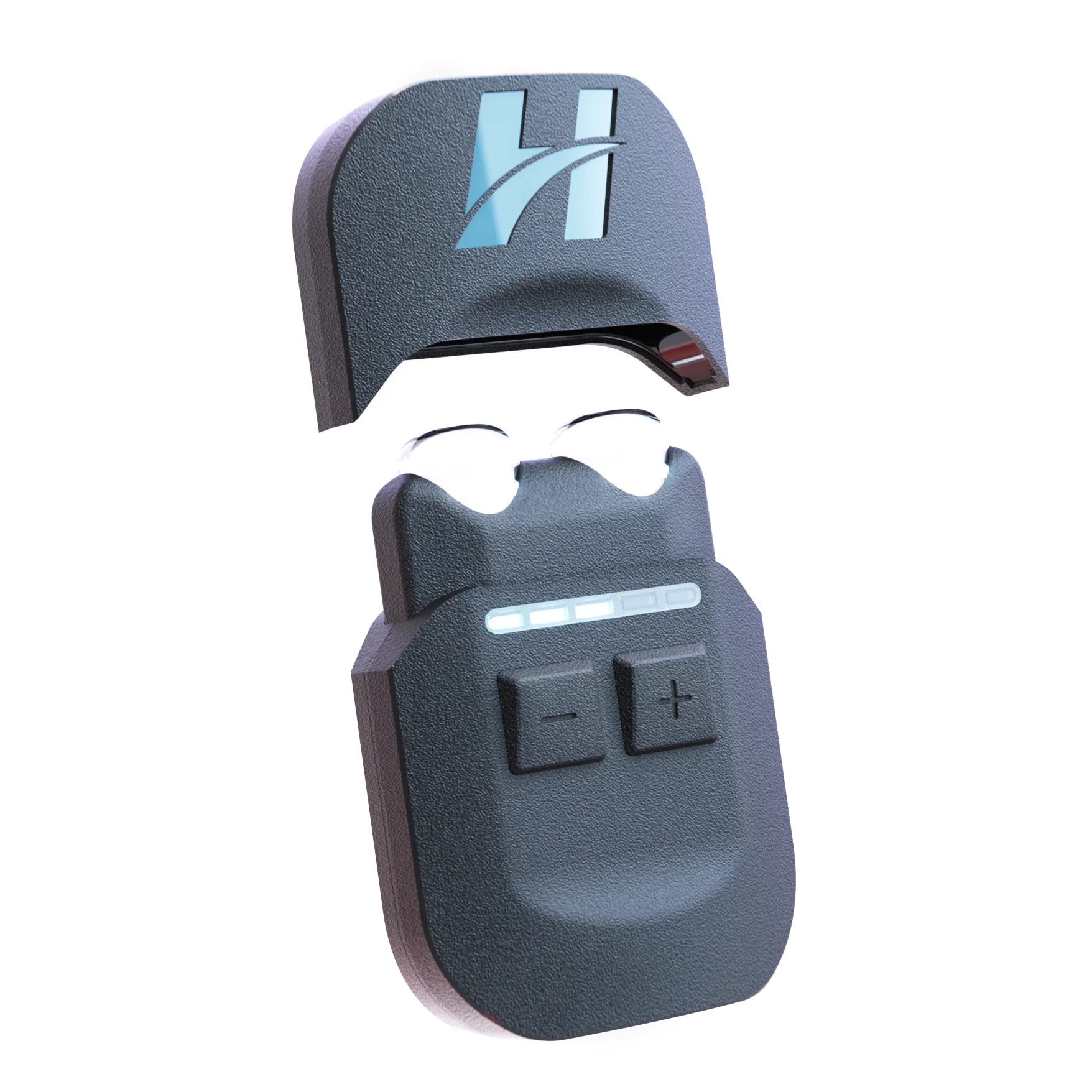Sponsored Content
Mental health is universal — and deserves to be a priority in your life. The main contributors to mental health struggles often go unnoticed due to their normalized existence in our lives: Stress and anxiety. Currently, over 40 million adults in the United States alone are living with anxiety disorders. The financial impact is even more staggering, costing the U.S. economy an estimated $300 billion annually in healthcare expenses and lost productivity.
When it comes to the workplace, the stakes are higher. For high-stress professionals, the impact of stress can be costly. The workplace costs of stress include absenteeism, lower productivity, and higher turnover rates. Socially, stress can strain relationships and reduce the quality of interactions with family and friends. Personally, chronic stress can lead to issues like sleep disturbances, mood disorders, and an increased risk of heart disease at a younger age.
Long-term, unmanaged stress can also accelerate aging and impair the body’s healing processes, leading to higher future healthcare costs. If you are living a high-stress lifestyle, it is crucial to get control over your stress today to mitigate these extensive costs, improve your quality of life, and take control of your future health.
Unfortunately, conventional methods, like breathwork and meditation, just don’t cut it. As an alternative, stressed individuals turn to high-strength relief options, such as prescribed medicine or even smoking. Finding an effective solution depends on cost-effectiveness, efficiency, convenience, and lifestyle. From benzodiazepines to vagus nerve stimulation, we broke down the top 4 high-strength stress and anxiety relief solutions to find which one is best to regain your quality of life.
Vagus Nerve Stimulation
If you’re looking to tackle your stress from the inside out, vagus nerve stimulation might be for you. This method involves using technology to biohack the nervous system and improve its function, almost instantly. When the vagus nerve is healthy, it helps people relax and calm down when they experience a stress response.
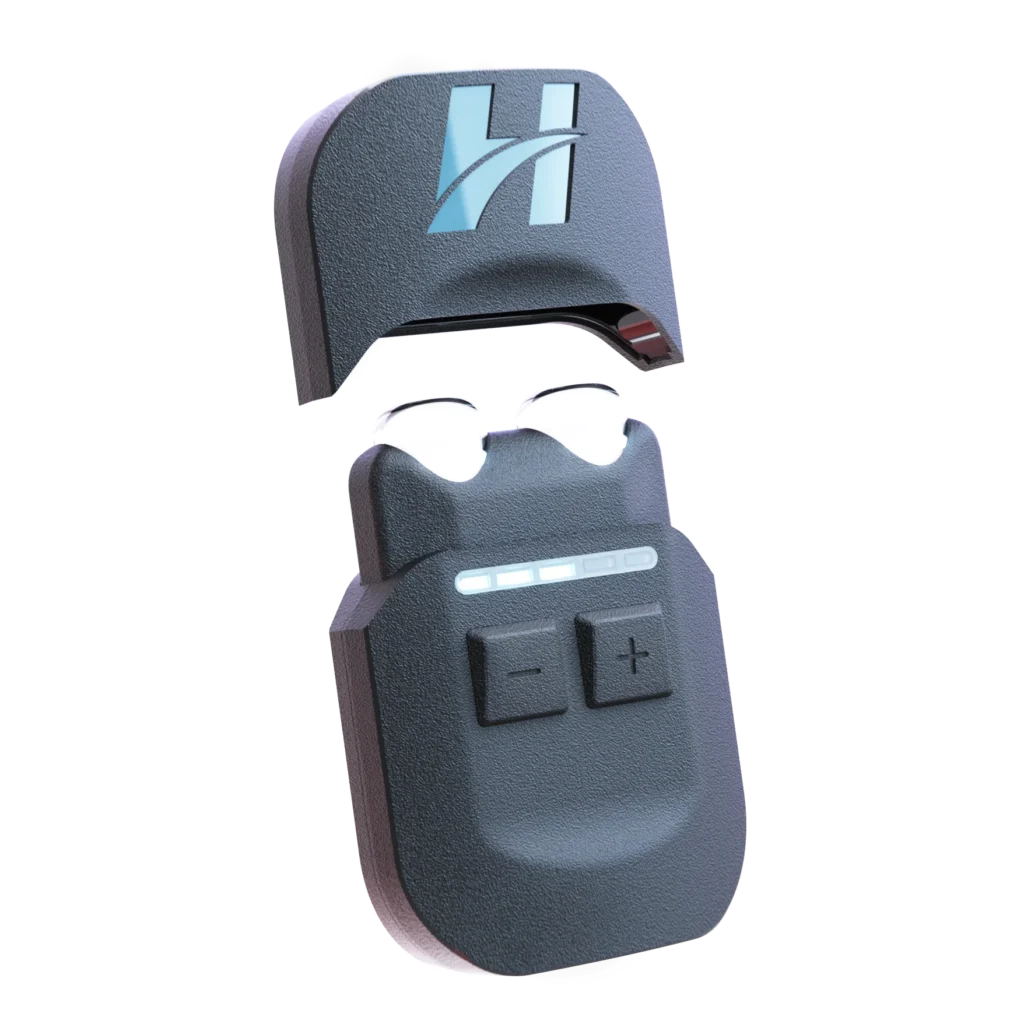
VeRelief Prime by Hoolest is a vagus nerve stimulator that delivers high-strength drug-free stress relief. Specifically, the VeRelief Prime targets the Auricular Branch of the Vagus Nerve and the Great Auricular Nerve just under the ear. By targeting these areas, VeRelief calms the “Fight or Flight” response in the nervous system. The auricular branch of the vagus nerve projects directly into the emotional control centers of the brain, making it a top choice for reducing stress and calming the nervous system backed by clinical studies.
Common stress relief tactics offer momentary relief, but don’t account for the long run. The VeRelief can be used daily for 1-10 minutes to increase vagal tone and improve daily stress resiliency in as little as 14 days with daily use. Daily vagus nerve stimulation has been shown to increase resting HRV, increase stress resiliency, reduce headache, reduce nausea, improve digestion, and improve overall cognition.
With varying levels of intensity, up to 16mA, VeRelief delivers one of the strongest forms of stress relief, but without the side effects. It includes two slow breathing modes for enhanced vagal activation and deeper relaxation, and two protocols for helping manage headache and nausea that often accompany stress and anxiety.
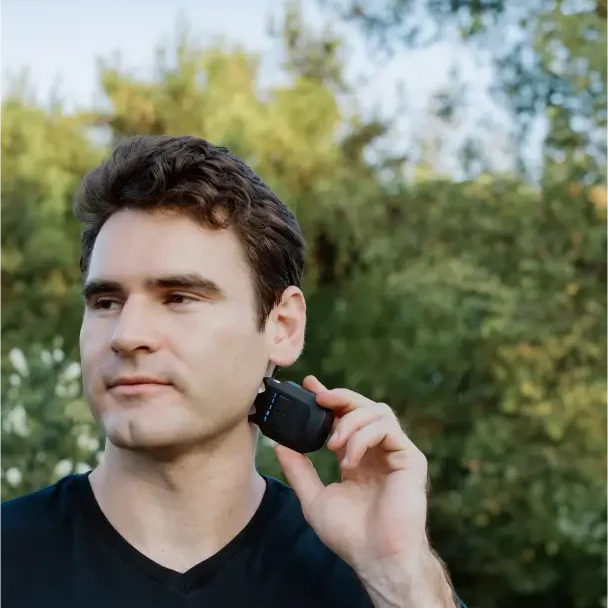
When it comes to stress, accessibility and convenience is key. Unlike mindfulness or meditation, VeRelief requires no effort or a quiet environment. Just pull out the device and use it in any situation. By being wire-free and compact, it’s portable and easy to access so every high-stress professional can have calm on command, in any environment. It can take as little as three seconds to use, making it an excellent option for busy individuals.
The VeRelief Prime starter pack goes for $399, which includes: The VeRelief Prime, 3 pairs of gel tips, VeRelief Soothing Gel, Gel Rehydration Solution, 5 unique modes of operation, and a book of protocols for a variety of use cases. This price has a 60-day money-back guarantee and a 1-year warranty. For frequent users, you can subscribe for additional gel tips for as little as $11/month. While it has a higher upfront cost compared to other options, it can save you thousands of dollars from developing a long-term habit of ingesting pills, cannabis, or alcohol.
Benzodiazepines
If your stress or anxiety feels constant, then medication might be recommended for you. One of the most common anxiety prescription medications is benzodiazepines, such as Valium and Xanax. Benzodiazepines are a class of psychoactive drugs commonly prescribed to treat a variety of conditions, including anxiety, insomnia, and seizures. They work by enhancing the effect of the neurotransmitter gamma-aminobutyric acid (GABA) in the brain, which produces a calming effect.
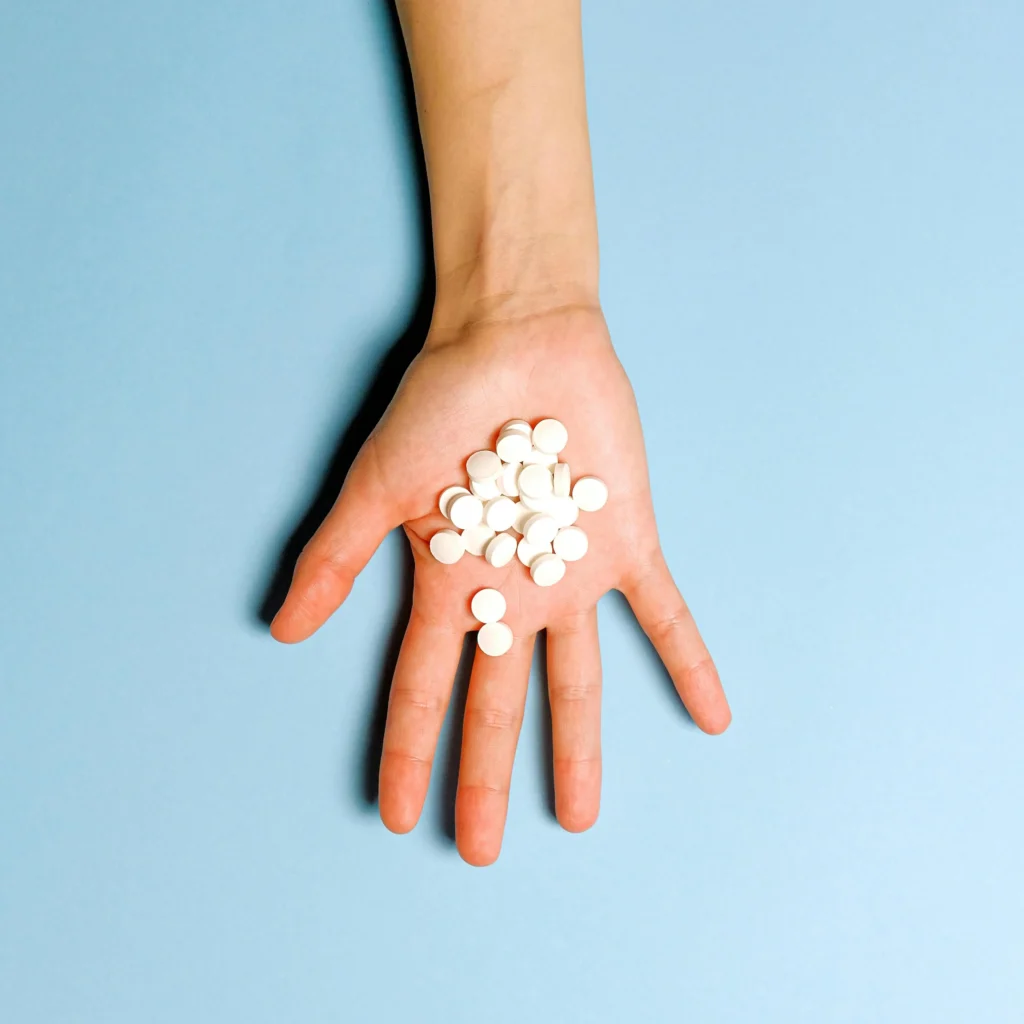
When it comes to accessibility, this route of stress relief is more complicated. Due to benzodiazepines’ effect on a slower brain response, they must be prescribed by a healthcare provider. Typically, a diagnosis of anxiety or another related condition is required. It’s convenient that you only have to swallow a pill. However, integrating it into your lifestyle might take some getting used to. The substantial learning curve comes with monitoring daily dosages and adjusting lifestyle to account for the side effects, such as not being able to drive a car while taking a benzodiazepine.
These prescribed pills have a higher time commitment due to routine check-ins with your doctor. However, this is made up for in the onset of action: Anxiety relief is typically felt within 30-60 minutes of taking the medication.

From a cost perspective, the financial cost is pretty low. Most insurance plans fully cover prescriptions so all that is left to pay is the doctor’s visit amount. With prolonged use, unexpected costs might occur. Prolonged use might spark risks, such as dependence, tolerance, and withdrawal symptoms. Additionally, chronic use can lead to cognitive impairments and increased risk of falls and fractures, especially in older adults. Because of these risks, alternative solutions to managing stress and anxiety might be more beneficial long term — the financial savings don’t appear to outweigh the potential costs to your health.
Smoking
In times of stress or anxiety, individuals might resort to smoking. When you smoke, nicotine reaches the brain in seconds and releases dopamine. Dopamine is a neurotransmitter that elicits feelings of pleasure, satisfaction, and motivation. Non-nicotine smoking methods, such as marijuana, also induce relaxation.

Since smoking is typically a coping mechanism that is brought on by one’s own merit, there is a minimal learning curve to implementing it into your life. However, if taking this route, it’s imperative to be aware of the addictive nature and health risks. This alone is a learning curve. Additionally, smoking is not accessible everywhere.
Many people might get addicted to smoking because of its fast relief. Smoking a cigarette takes only a few minutes, making it easy to fit into a busy schedule. The calming effect of nicotine or marijuana is felt almost immediately.

Smoking is costly, especially because of its addictive nature. Average costs range from $6 to $10 per pack, translating to $2,000 to $3,500 annually for a pack-a-day smoker. Regular marijuana use can cost hundreds of dollars per month.
Smoking is often a leading cause of death, with risks of cancer, heart disease, and respiratory issues. Because of both the financial and health burdens, smoking is a costly lifestyle to mitigate stress long term.
Drinking
Similar to smoking, drinking is a method used to unwind, providing temporary relief from stress and anxiety. Alcohol is a depressant that targets the amygdala, dampening activity here that temporarily reduces negative emotional states. It can also enhance the GABA.
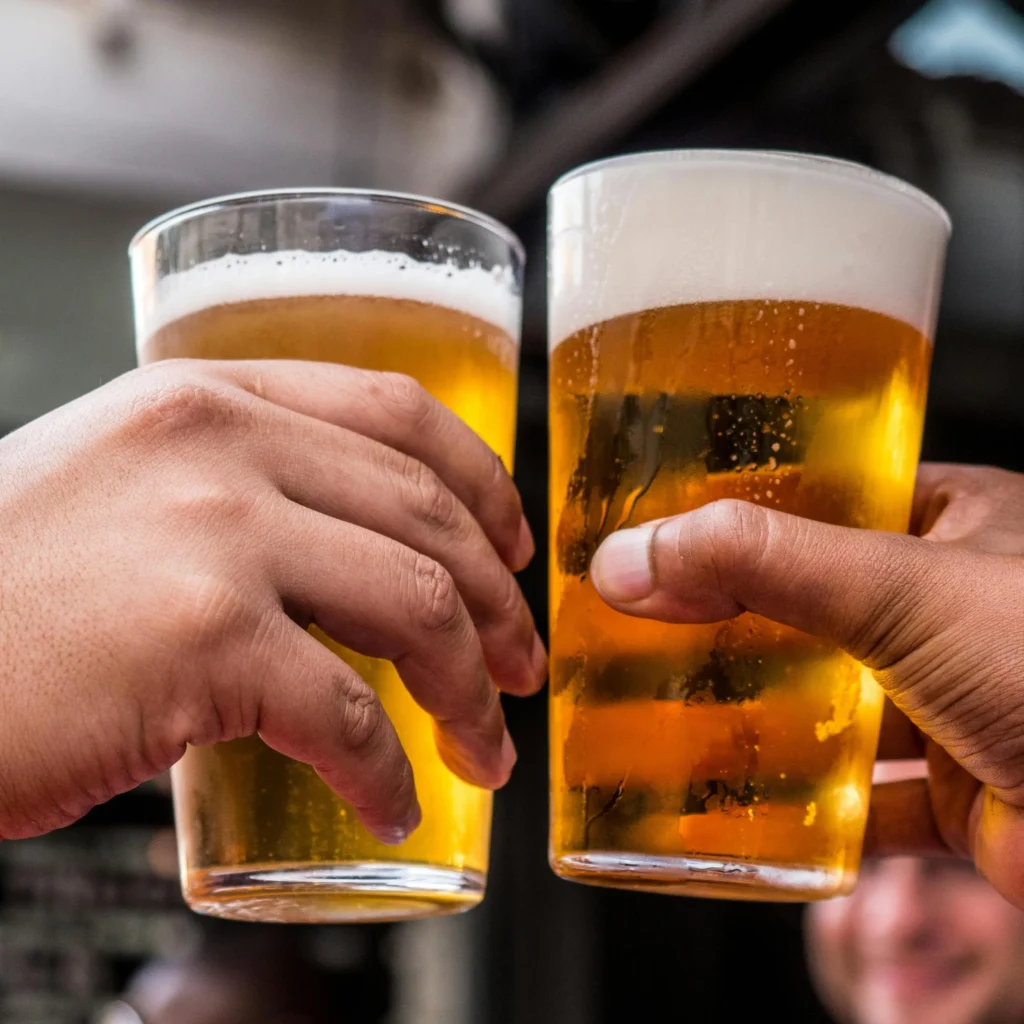
The reality is, drinking alcohol is easy because of its accessibility. Contrary to smoking, you can drink in more public places, specifically restaurants, because alcohol is offered there. The learning curve comes from understanding the risks of dependency and potential health risks.
Drinking can be quick, but regular consumption that develops dependency requires more time and can interfere with daily activities. Dependency is fostered by the quick nature of drinking. The relaxing effects of alcohol can be felt within minutes of consumption. However, it varies from everyone. For instance, women feel the effects of alcohol quicker and longer due to less tissue to adsorb the alcohol.

Financially speaking, the costs vary. Depending on how often you use alcohol to mitigate stress, the costs can be high. An average drinker, who doesn’t consume it frequently, spends more than $2,000 a year on alcohol. This is substantially higher for those who have developed an addiction to alcohol. Drinking is expensive over time, both financially and healthwise. Health risks include liver disease, addiction, and increased risk of accidents and injuries. Smoking and drinking compare in the idea that the financial and health costs don’t justify the calming effects on stress and anxiety.
Bottom Line
| VeRelief Prime | Benzodiazepines | Smoking | Drinking | |
|---|---|---|---|---|
| How it targets stress | Stimulation of the Auricular Branch and the Great Auricular Nerve | Enhances GABA | Releases dopamine | Calms down the amygdala |
| Price | $399 | As low as $0 if insurance covers | Up to $3,500/year | Thousands per year |
| Convenient/portable | YES | SOMEWHAT | SOMEWHAT | SOMEWHAT |
| Time commitment | LOW | HIGH | LOW | MODERATE |
| Results timeframe | In just a few seconds | 30-60 minutes after use | In just a few seconds | In just a few minutes |
| Easy to implement into your lifestyle | YES | MODERATELY | MODERATELY | YES |
Stress and anxiety are a spectrum — it’s all felt differently. Not everyone will need a high-strength solution such as those discussed above. So, finding the right solution depends on where you are mentally, physically, and financially. Your health is the priority. Relief avenues such as smoking and drinking are great for finding temporary relief, but long term, you’re creating more alarming health risks for yourself that don’t make these methods worth it. Benzodiazepines are effective in lowering anxiety, but require a time commitment to monitor usage. To fully achieve results, you have to stay consistent. The results are not instant, and in some cases, require weeks to see positive effects. When it comes to stress and anxiety, sometimes relief can’t wait.
Vagus nerve stimulation with the VeRelief Prime is a well-rounded approach for those looking for safer high-strength options that requires little to no lifestyle changes and commitment. Whenever you’re stressed, you can stimulate the vagus nerve and find instant calm — perfect for the working professional who can’t catch a break. Though it is costly up front, you’re investing in fewer doctor visits, lower health risks, and saving thousands in the long-term for better stress management.
Health Disclaimer
The information provided in this blog is for educational purposes only and is not intended as a substitute for professional medical advice, diagnosis, or treatment. Always seek the advice of your physician or other qualified health provider with any questions you may have regarding a medical condition. Never disregard professional medical advice or delay in seeking it because of something you have read on this website. The content is not intended to be a comprehensive resource on the topics covered, and individual results may vary. Reliance on any information provided in this blog is solely at your own risk. The authors and the website disclaim any liability for any adverse effects resulting from the use of the information provided herein.

